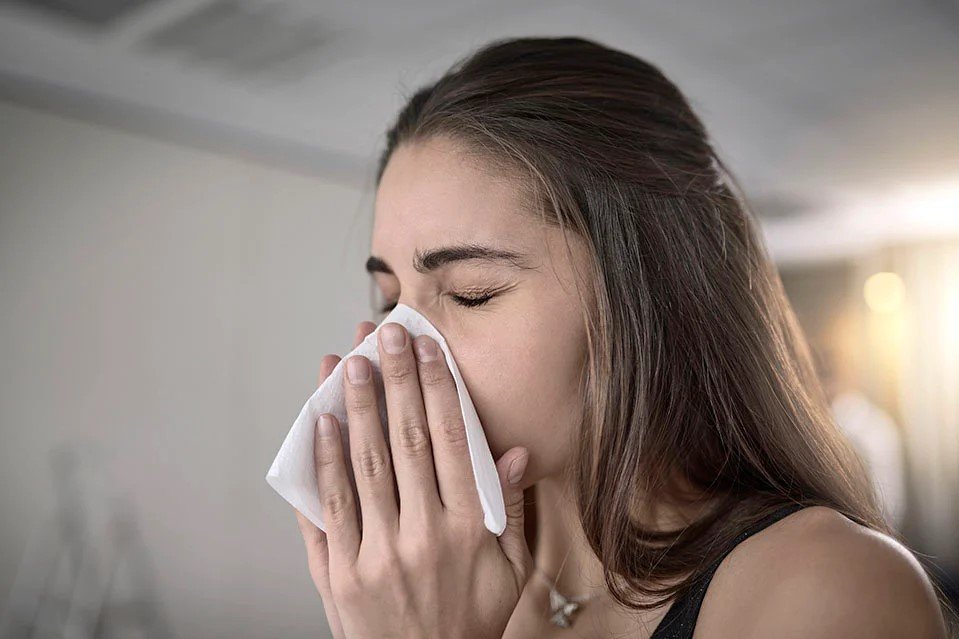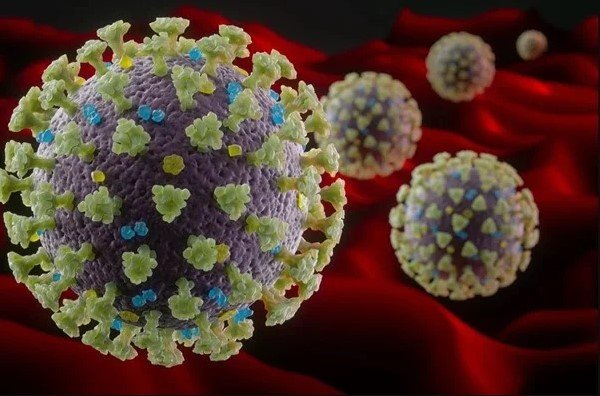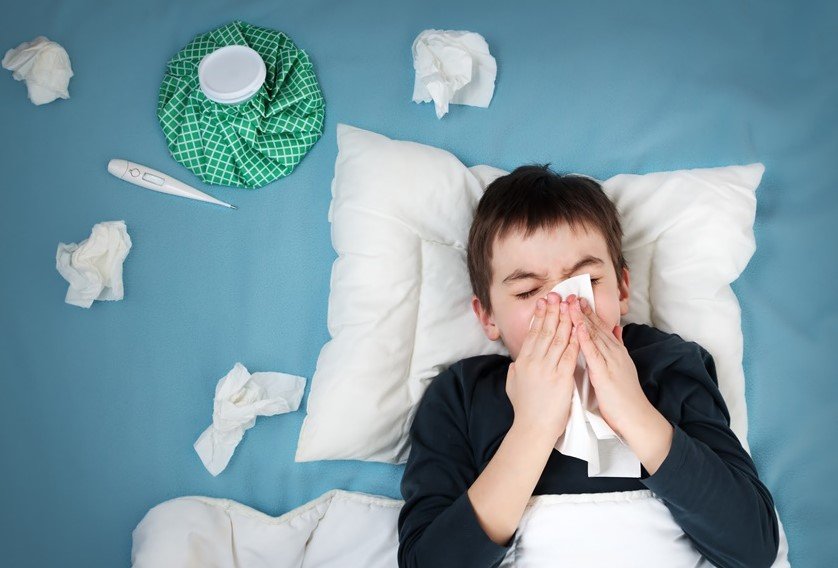The Ministry of Health launched, on April 4, the National Influenza and Measles Vaccination Campaign. The goal is to immunize 76.5 million Brazilians who belong to the groups most vulnerable to the two infections.
The doses are offered free of charge by the Unified Health System (SUS) in the 38 thousand vaccination posts spread across the country. Most of them are open from Monday to Friday, between 8 am and 5 pm.
The health secretariats of each state have the autonomy to define the places for the application of immunizers and must make the complete list with the addresses and vaccination times available on their websites.
Omicron, Delta and flu. We are facing times when respiratory transmission diseases have caused fear and uncertainty. Therefore, knowing the main symptoms of each one is necessary to ensure your health and that of those you love.Andriy Onufriyenko/ Getty Images
—
 ***Covid-Gripe-omicron-Delta–
***Covid-Gripe-omicron-Delta–
According to infectious disease specialists, influenza is caused by several different viruses, but the main ones are the H1N1 and H3N2 influenza subtypes.Getty Images
—
 ***Covid-Gripe-omicron-Delta–
***Covid-Gripe-omicron-Delta–
The main symptoms of the flu are body pain, fatigue, fever, discharge, runny nose and cough. Cases are limited and, in two or three days, the patient no longer shows signs of the disease.Getty Images
—
 ***Covid-Gripe-omicron-Delta–
***Covid-Gripe-omicron-Delta–
The indication is that people with the flu drink plenty of fluids and rest.Getty Images
—
 ***Covid-Gripe-omicron-Delta–
***Covid-Gripe-omicron-Delta–
Ômicron, a variant of Covid, is associated with milder respiratory symptoms, such as those of a cold, for example.Andriy Onufriyenko/ Getty Images
—
 ***Covid-Gripe-omicron-Delta–
***Covid-Gripe-omicron-Delta–
Loss of appetite, sneezing, night sweats, itchy throat sensation, tiredness and elevated heart rate in infected children are some of the symptoms of the strain.iStock
—
 ***Covid-Gripe-omicron-Delta–
***Covid-Gripe-omicron-Delta–
In the case of patients infected with the Delta variant, illness is faster than the other mutations, and there is a greater risk of hospitalization, especially for those who are not immunized.Morsa Images/ Getty Images
—
 Covid-Flu-Ômicron-Delta (7)–
Covid-Flu-Ômicron-Delta (7)–
According to information from the Butantan Institute, the most common symptoms of the Delta variant are fever, persistent cough, runny nose, sneezing, headache and sore throat. Loss of taste and smell are not common for those infected with this strain.Getty Images
—
 ***Covid-Gripe-omicron-Delta–
***Covid-Gripe-omicron-Delta–
The main difference between Covid-19 and the flu is that the latter has stronger symptoms in the first two days. In Covid-19, in more severe cases, it happens after the eighth day Uwe Krejci/ Getty Images
—
 ***Covid-Gripe-omicron-Delta–
***Covid-Gripe-omicron-Delta–
According to experts, the importance of social isolation is essential to prevent the spread of viruses, in all cases.Getty Images
—0–
The objective of the campaign is to prevent complications from influenza and measles to prevent the circulation of viruses and the pressure on the health system from preventable diseases.
Vaccination takes place in two stages, according to priority groups. The first group is made up of people aged 60 and over and health workers, who can be vaccinated until May 2.
Between May 2 and June 3, children aged between 6 months and 5 years (up to 4 years, 11 months and 29 days) will be immunized; pregnant and postpartum women; teachers; people with chronic illnesses and permanent disabilities; Indian people; and professional categories that are most at risk, such as truck drivers and members of the security forces.
The target audience must go to the vaccination posts with an identity document with photo, CPF and, when possible, with the vaccination card.
According to the Ministry of Health, more than 80 million doses of the flu vaccine – the trivalent Influenza – were sent to the states and the Federal District. The immunizing agent produced by the Butantan Institute is effective against H1N1, H3N2 and type B strains of the influenza virus.
So far there is no provision to extend vaccination to other groups, such as older children or adults, as happened last year.
See the list of groups that can be vaccinated in the National Vaccination Campaign against Influenza and Measles:
First stage – April 4th to May 2nd:
- Elderly aged 60 years and over (influenza);
- Health workers (influenza and measles).
Second stage – May 2nd to June 3rd:
- Children from 6 months to under 5 years of age (4 years, 11 months and 29 days) (influenza and measles);
- Pregnant women and postpartum women (influenza);
- Indigenous peoples (influenza);
- Teachers (flu);
- People with comorbidities (flu);
- People with permanent disabilities (flu);
- Professionals from security and rescue forces and the Armed Forces (influenza);
- Truck drivers and workers of urban and long-distance collective road transport of passengers (flu);
- Port workers (influenza);
- Prison system officials (influenza);
- Adolescents and young people from 12 to 21 years of age under socio-educational measures (influenza);
- Population deprived of liberty (influenza).
–


:quality(80)/cdn-kiosk-api.telegraaf.nl/de6e9ae4-ba9e-11ec-a0eb-0218eaf05005.jpg)